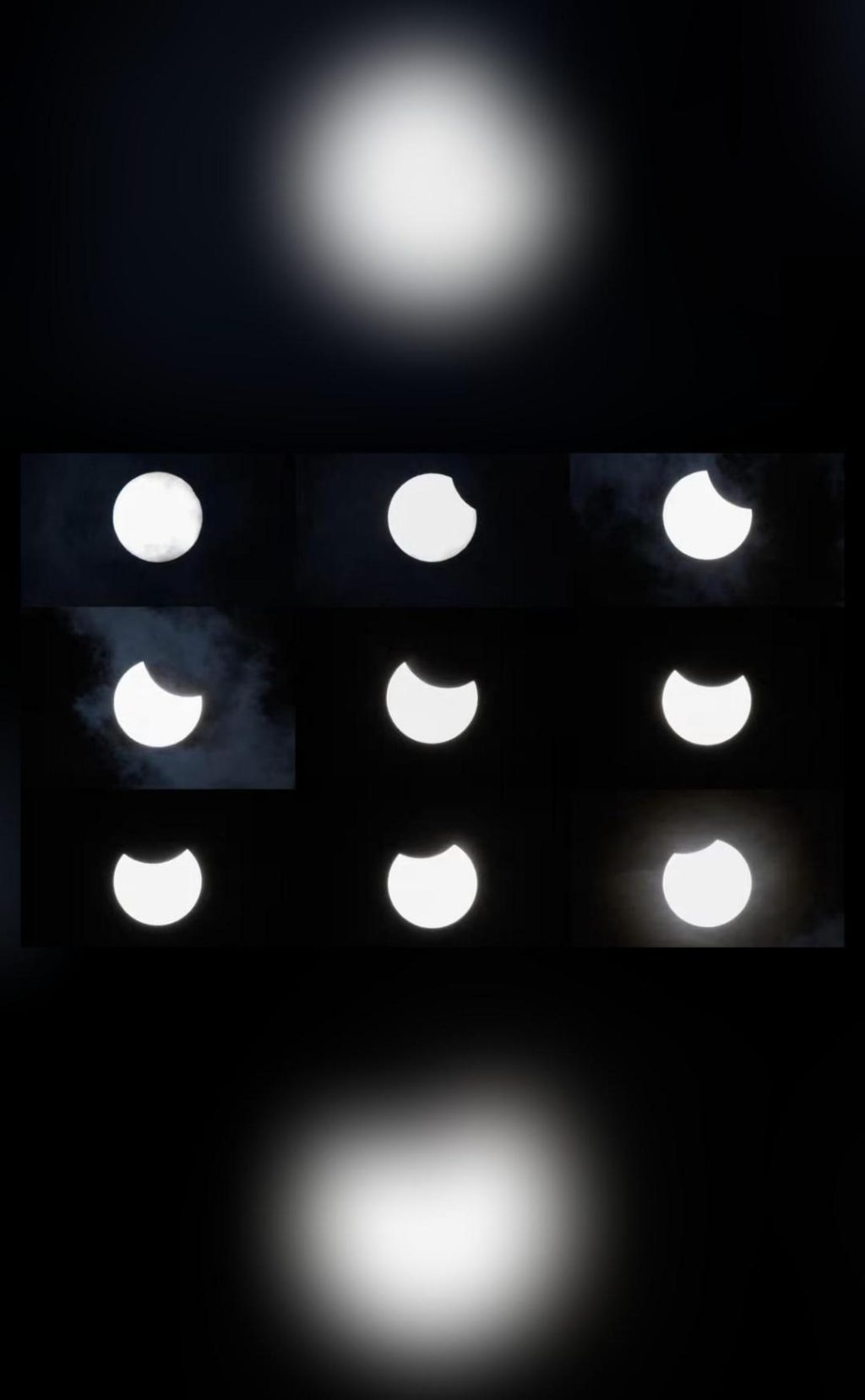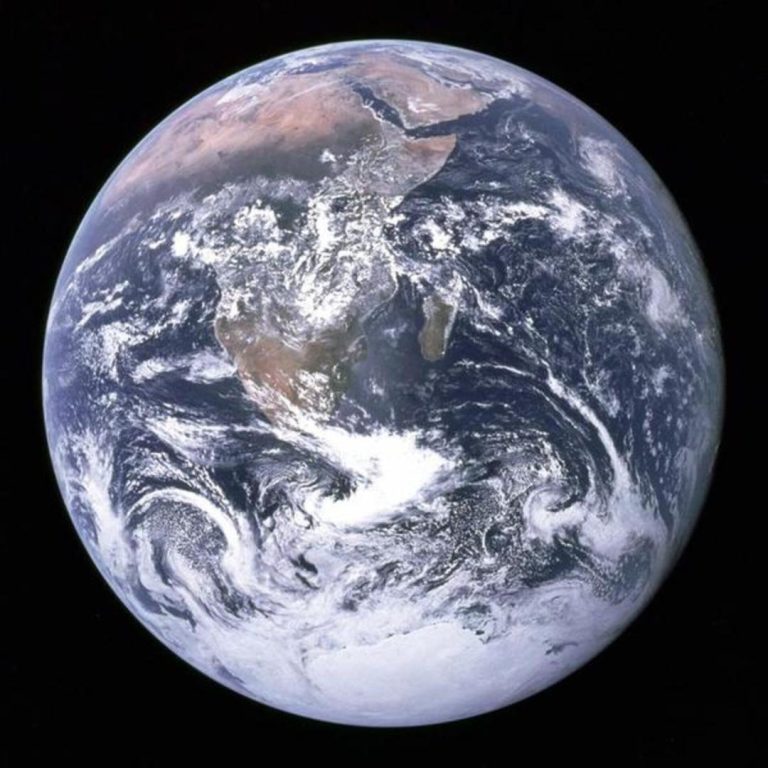
Pics Show Partial Solar Eclipse in Skies Over US, UK & Europe
The Northern Hemisphere witnessed a rare astronomical event on Saturday, as a partial solar eclipse took place, marking the first solar eclipse of the year. The phenomenon was visible in parts of the United States, the United Kingdom, and Europe, with sky gazers eager to catch a glimpse of the rare occurrence. As the eclipse unfolded, stunning pictures began to surface online, showcasing the breathtaking moment when the moon briefly blocked a portion of the sun’s light.
The partial solar eclipse was a result of the moon passing between the Earth and the sun, but not entirely blocking the sun’s light. This phenomenon is often referred to as an “annular eclipse,” where the moon appears smaller than the sun, resulting in a ring of light visible around the moon. However, in this case, the moon’s apparent size was larger than the sun’s, resulting in a partial eclipse.
The eclipse was visible in parts of the US, including the eastern states, as well as the UK and parts of Europe, including France, Germany, Italy, and Spain. However, it was not visible in India, as the eclipse occurred during the morning hours when the sun was still below the horizon in the country.
As the eclipse took place, sky gazers and photographers alike took to social media to share their experiences and pictures of the event. The stunning images captured the eerie, otherworldly atmosphere that often accompanies a solar eclipse. In some pictures, the moon appears as a dark disk hovering in front of the sun, while in others, the sun’s light can be seen shining through the moon’s edges, creating a beautiful, golden glow.
One of the most striking aspects of the partial solar eclipse was the rare sight of the sun appearing to rise twice. This phenomenon occurs when the moon’s shadow has a “path of totality,” where the eclipse is visible in its entirety. In areas outside of the path of totality, the eclipse is partial, with the moon only blocking a portion of the sun’s light. As a result, the sun appears to rise and then dip below the horizon, creating the illusion that it has risen twice.
The partial solar eclipse was a significant event for astronomers and space enthusiasts, who were eager to study the phenomenon and gain insights into the moon’s orbit and the sun’s behavior. The event also provided an opportunity for scientists to test new technologies and techniques for studying solar eclipses, which can help improve our understanding of these rare events.
For those who missed the eclipse, there is still hope. The next solar eclipse will take place in December 2024, when a total solar eclipse will be visible in parts of North Africa, the Mediterranean, and Western Europe. Mark your calendars, as this event promises to be a once-in-a-lifetime experience for many.






